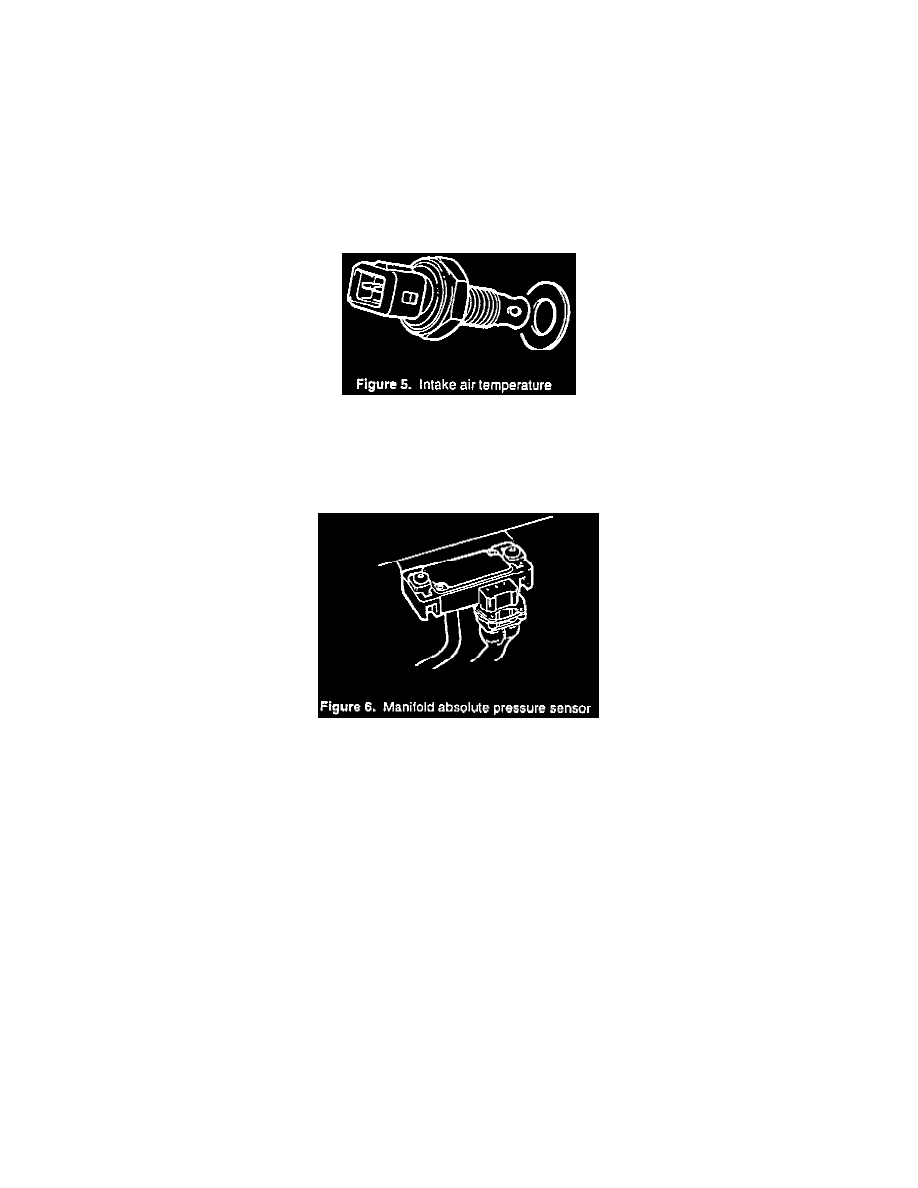9000 Hatchback L4-2290cc 2.3L DOHC Turbo EFI (1994)

Check that pins 66, 67 and 68 in the control module connector are not corroded or pushed out.
Also check for pushed out pins and sockets at the sensor connector.
Measure the resistance of the sensor in relation to temperature as described in the Service Manual.
Is the sensor of the correct type? Cars equipped with TCS have a different sensor.
Check the connection between the wiring and the sensor for poor contact and corrosion.
Also check crimped connection J68.
^
Intake air temperature
Check pins 67 and 46 in the control module connector.
Also check for pushed out pins and sockets at the sensor.
^
Manifold absolute pressure sensor
Check first for air leakage in the hose connected to the inlet pipe.
Check the pins at the sensor. The connector must be free from moisture internally and the seal must not be damaged.
Also check that the control module connector pins are not pushed out and are free of corrosion.
Check for correct hose diameter and routing. Check that the hose is connected to correct manifold tap.
Check the sensor as described in the service manual using ISAT and a pressure/vacuum pump.
Clear the DTC, test drive the car and check whether the DTC is generated again.
NOTE:
Slight air leakage could result in problems such as other DTC'S, i.e. adaptation, oxygen sensor.
B. Fault symptoms: DTC'S, driveability problems.
Injectors
The injectors are rarely at fault. However, there is a certain danger of clogging at high mileages or if poor quality fuel is used.
An indication of differences in iinjector flow capacitycan be obtained by looking at the color of the spark plug insulator core nose (see page 142 in
